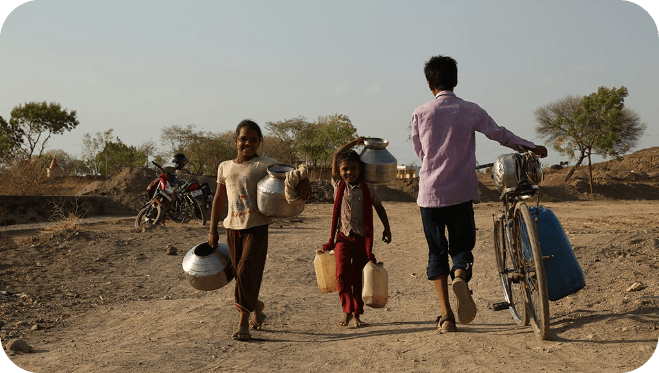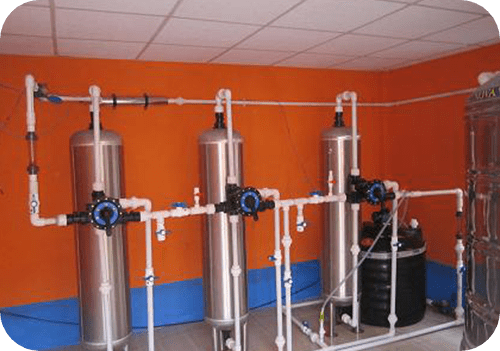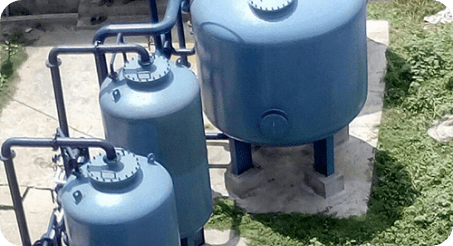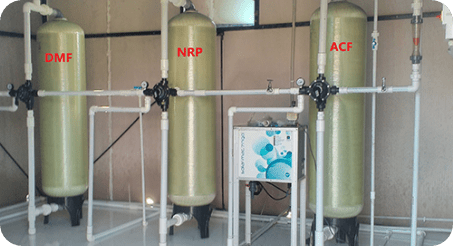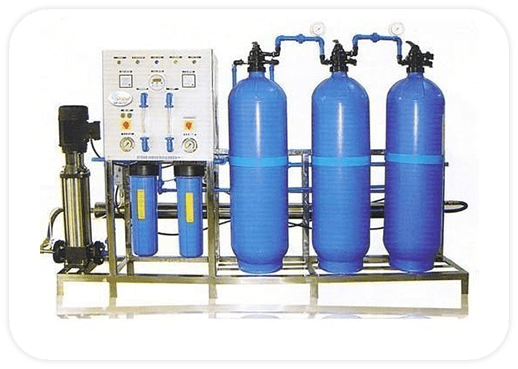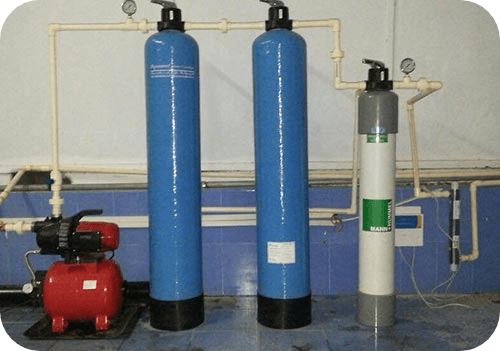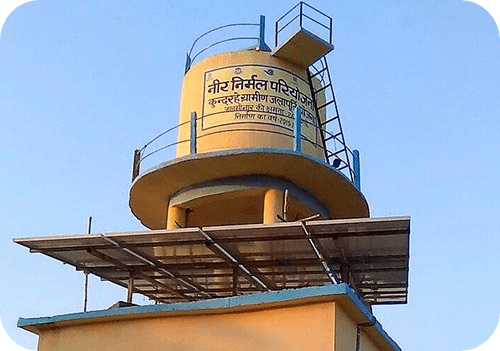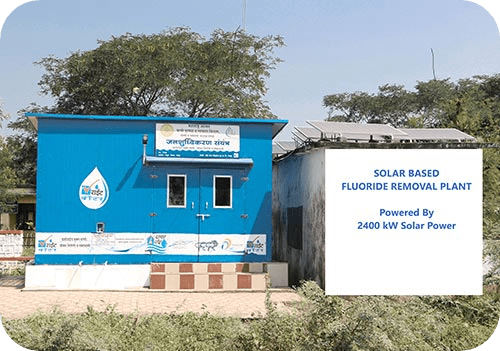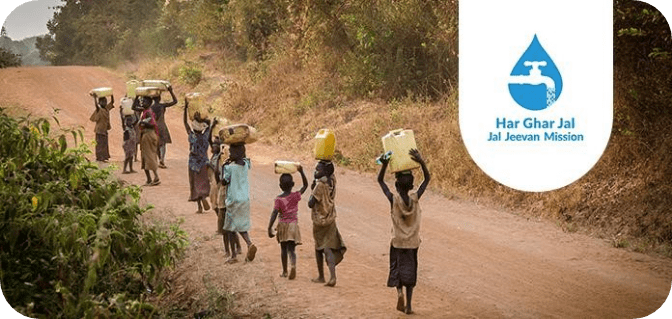About the Solution
Water is often referred to as a synonym for life, as it is vital for survival. Unfortunately, it is also a resource that is getting scarcer by the day across the globe.
As per the World Bank, estimates show that at the current rate of population growth combined with existing water usage patterns and practices, we are likely to experience close to a forty percent (40%) deficit between projected demand and availability of usable water, as early as by 2030. By 2050, feeding nine billion mouths is likely to result in a 60% increase in agricultural production, which might consume 70% of the available water resources, consequently resulting in up to a 15% increase in water withdrawals.
